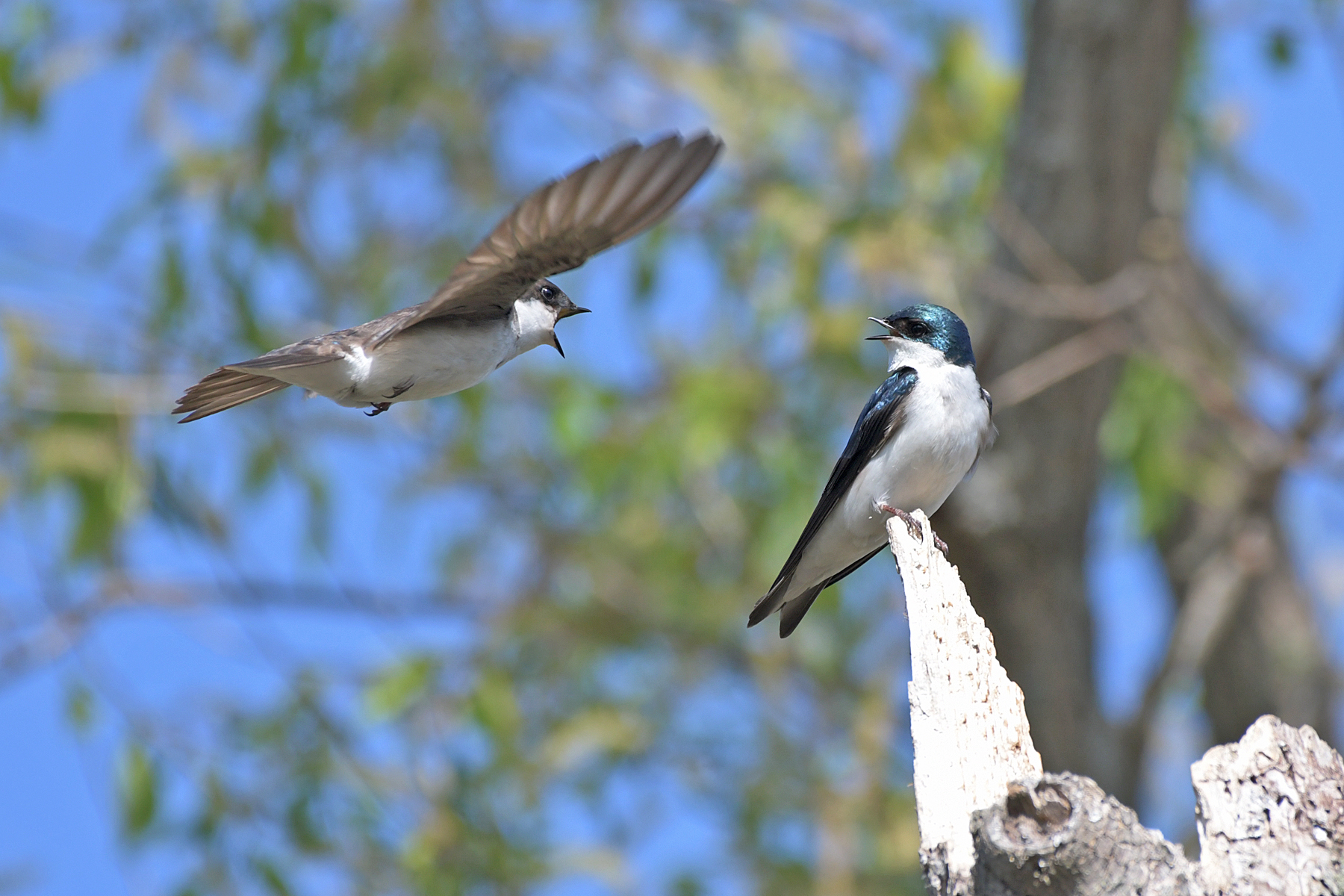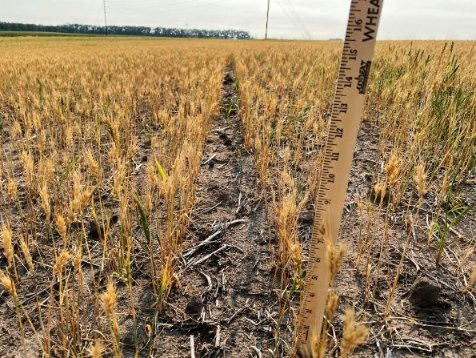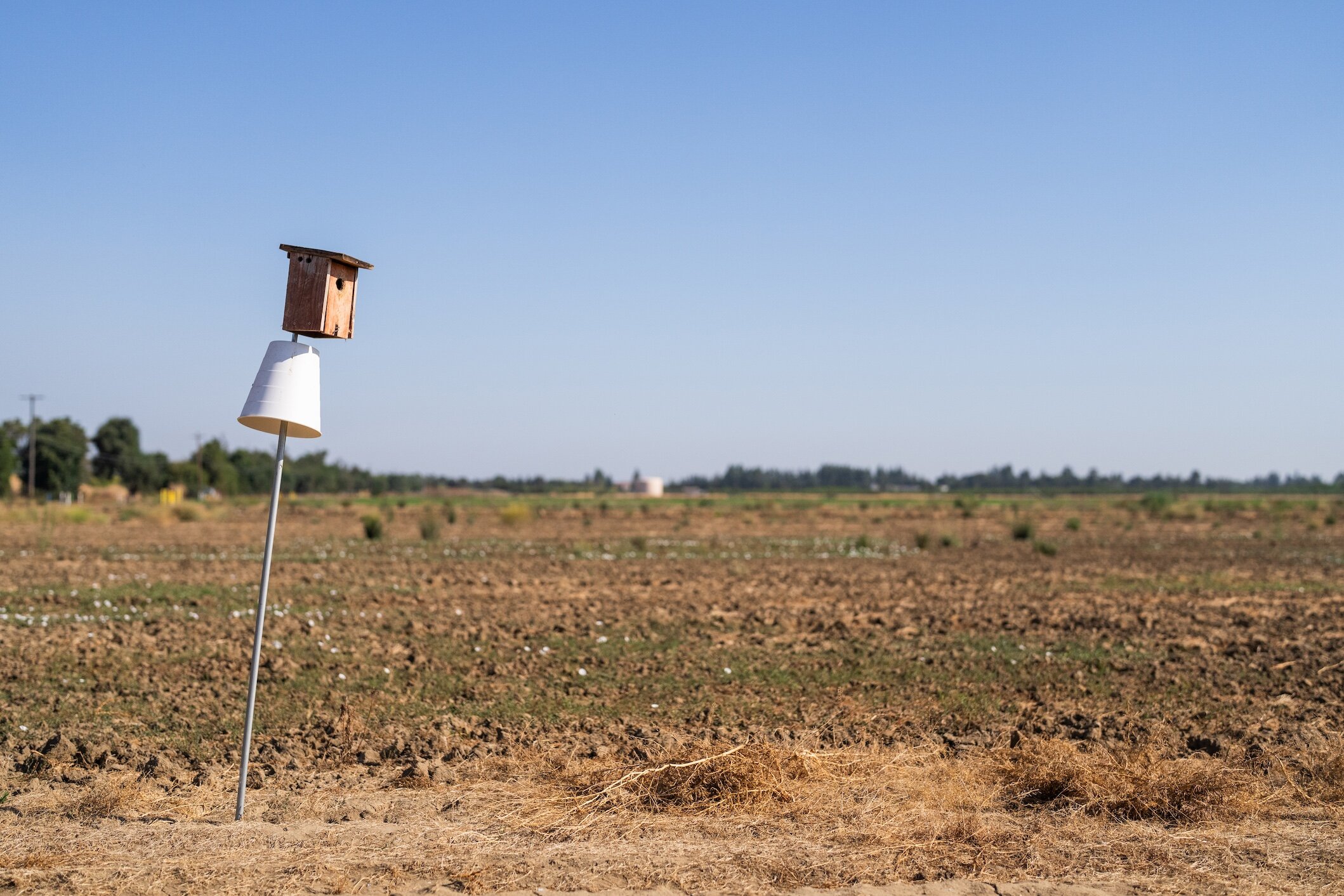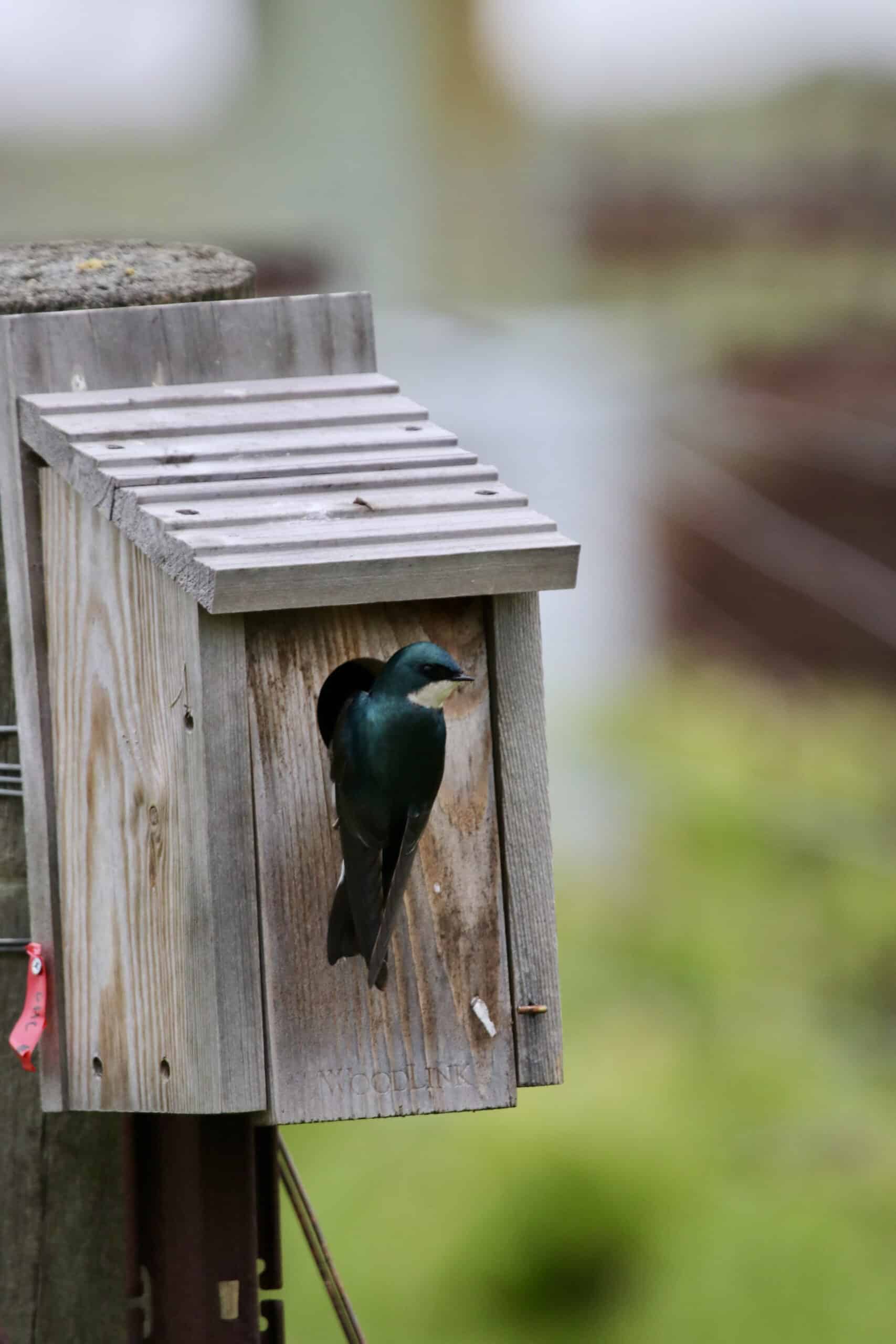New research has shown how extreme temperatures can significantly harm the reproductive success of birds in farmland habitats.
A team of University of California researchers found that the effects of high temperatures on avian reproduction can vary depending on the type of environment that the species in question breeds in – and that birds nesting near farmland were half as likely to have at least one fledgling successfully leave the nest when temperatures rose.
On the other hand, forests seemed to provide a protective buffer against high temperatures, offering shaded areas that helped increase nesting success.
 Tree Swallow was one of the farmland-breeding species that was found to be negatively impacted by heatwaves (Alexander Viduetsky).
Tree Swallow was one of the farmland-breeding species that was found to be negatively impacted by heatwaves (Alexander Viduetsky).
The findings, published in Science, shed light on how climate change can combine with habitat loss to affect bird reproduction across the United States.

When the researchers looked at how heatwaves affected nesting success in urban areas, they found less of a negative impact than in agriculture, probably because nests were often in city parks and residential areas that can have high tree cover.

The team of researchers analysed more than 152,000 nest records from nearly 60 bird species that were nesting in farms, forests, grasslands and developed areas across the US during the span of 23 years (1998-2020).
The researchers also studied which types of species were most vulnerable to heatwaves in agriculture. Negative impacts were broadly felt across all bird species studied, with Western Bluebird and Tree Swallow, two species common on farms, both experiencing significant declines in nesting success when temperatures spiked in agricultural areas.






